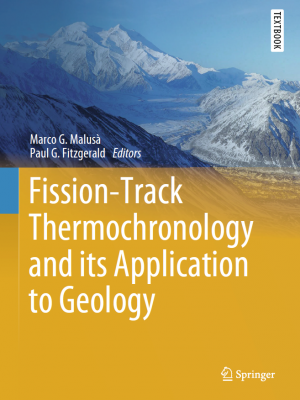New Study Reveals Ozone’s Hidden Toll on America’s Trees
A new nationwide study reveals that ozone pollution—an invisible threat in the air—may be quietly reducing the survival chances of many tree species across the United States. The research, published in the Journal of Geophysical Research: Atmospheres is the first…


 Geologist Paul Fitzgerald, professor of Earth sciences in the College of Arts and Sciences, is co-editor of a new book, “Fission-Track Thermochronology and Its Application to Geology” (Springer, 2018), the first major book on the subject in 20 years.
Geologist Paul Fitzgerald, professor of Earth sciences in the College of Arts and Sciences, is co-editor of a new book, “Fission-Track Thermochronology and Its Application to Geology” (Springer, 2018), the first major book on the subject in 20 years.